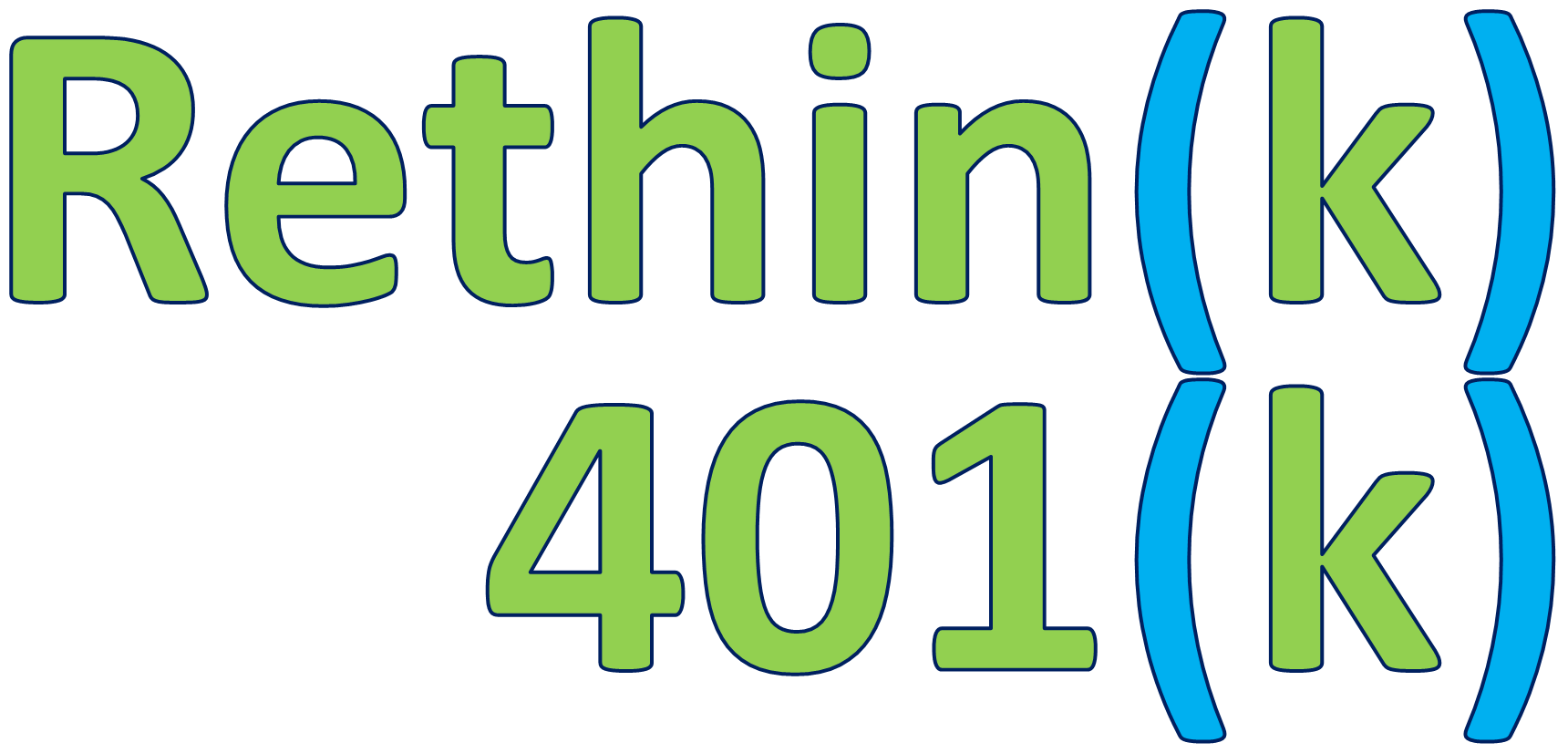Summary:
The purpose of this class is to give you insight into the humble beginnings of the 401(k) and its dramatic transformation since then.
Agenda:
- The First 401(k) Plan
- The End of Pensions and Newfound Significance of 401(k)
- Key Takeaways
- Recap
1. The First 401(k) Plan
The 401(k) provision was created in 1978 as part of that year’s Tax Revenue Act when Paragraph (k) was inserted into section 401 of the tax code by New York Republican Representative Barber Conable. It went largely unnoticed for two years, until it became effective in 1980. Then, on September 20th, 1980, a benefits consultant with the Johnson Cos., Theodore ‘Ted’ Benna, came up with his innovative interpretation of the 401(k) provision in response to a bank client’s proposal to transfer a cash-bonus plan to a deferred profit-sharing plan. [1] The now-familiar features he proposed were considered outlandish then – pretax salary reduction, company matches, and employee contributions. He proposed what would become the first 401(k), a revolutionary idea to the bank, or as he called it then, the “Cash-Op”. Per the advice of the bank’s attorney, it rejected idea, as the attorney didn’t want the bank to be the guinea pig for an interpretation of the law that most felt the IRS would quash.[2]
Mr. Benna was so convinced in his approach though that he convinced his company to establish the first 401(k) before the Internal Revenue Service (IRS) had even finished writing the regulations that would govern it! Many were surprised then when the IRS gave provisional approval to his request in the spring of 1981, and, even more so, when the IRS specifically sanctioned Mr. Benna’s interpretation of the law that fall.[3]
Prior to 401(k), Defined Benefit plans, commonly referred to as company pensions, were the dominant way companies provided for their workers. While both 401(k) and Defined Benefit plans are technically pension plans, whenever a worker referred to the “company pension,” they meant the company Defined Benefit plan. But oh, the times, they were a changin’…
2. The End of Pensions and Newfound Significance of 401(k)
What Mr. Benna could not have imagined though was the defining shift in retirement benefits that the creation of the 401(k) would have. Starting in 1981, companies all over America began the rapid adoption of the 401(k) given the ability to enjoy significant tax advantages without putting the company’s balance sheet at risk as it would in a pension. Coupled with the significant tax reforms aimed at shoring up pension liability in the years to follow, and the retirement landscape has seen a tremendous decline in pensions. [4]
This is troublesome though, as in its creation, the 401(k) plan was designed as a supplemental plan. What then was it supposed to supplement? Company pensions. As such, many of the underlying mechanisms of the 401(k) need to be reconsidered in light of its dominant, transformative impact on the retirement world. How dominant? Let’s take a look at some data:
In 1985, a mere 16.13% of active participants had a 401(k), whereas 46.77% of them had a pension. By 2009, 66.66% of active participants had a 401(k), and only 20.00% had a pension! In one generation’s time, 401(k)s have replaced pensions as the de facto retirement account for America’s workers.
3. Key Takeaways
The above points tell us two important things. First, like many of the great innovations in our history, the 401(k) came about from an lone, intrepid person’s mind. This is a part of what makes America great. If you can dream it, it can be made real. Second, what we know from the graphs is that 401(k) plans became so successful that they are no longer supplemental plans, and to treat them as such is folly. This is why it is so important to properly educate yourself on the 401(k) and its many strengths to ensure you get from the plan what you need for your retirement. The very first thing that you need to learn is what it will take to ensure your success. Put another way, your 401(k) needs to evolve from a pool of money into your Private Pension.
4. Recap
The very first 401(k) was created by the innovative interpretation of a 1978 Revenue Ruling by Theodore ‘Ted’ Benna. However, Mr. Benna could not have imagined the dramatic effect 401(k) would have on the retirement landscape. This is why it’s very important to learn what it will take to ensure your success in retirement with a 401(k). As mentioned above, your 401(k) needs to evolve from a pool of money into your Private Pension.
Sources:
[1] “A Good Day for Savers”, by Ted Benna, March 31, 2003, http://www.time.com/time/specials/packages/article/0,28804,1977881_1977895_1978701,00.html.
[2] Reference for Business, Encyclopedia of Business, 2nd. Edition, http://www.referenceforbusiness.com/encyclopedia/For-Gol/401-k-Plans.html#b.
[3] Good Government, by Matthew Rees, From the January/February 2007 Issue, http://www.american.com/archive/2007/january-february-magazine-contents/good-gov2019t/.
[4] Department of Labor, Private Pension Plan Bulletin Historical Tables and Graphs, March 2012, http://www.dol.gov/ebsa/pdf/historicaltables.pdf.
Tracking #1-212833



